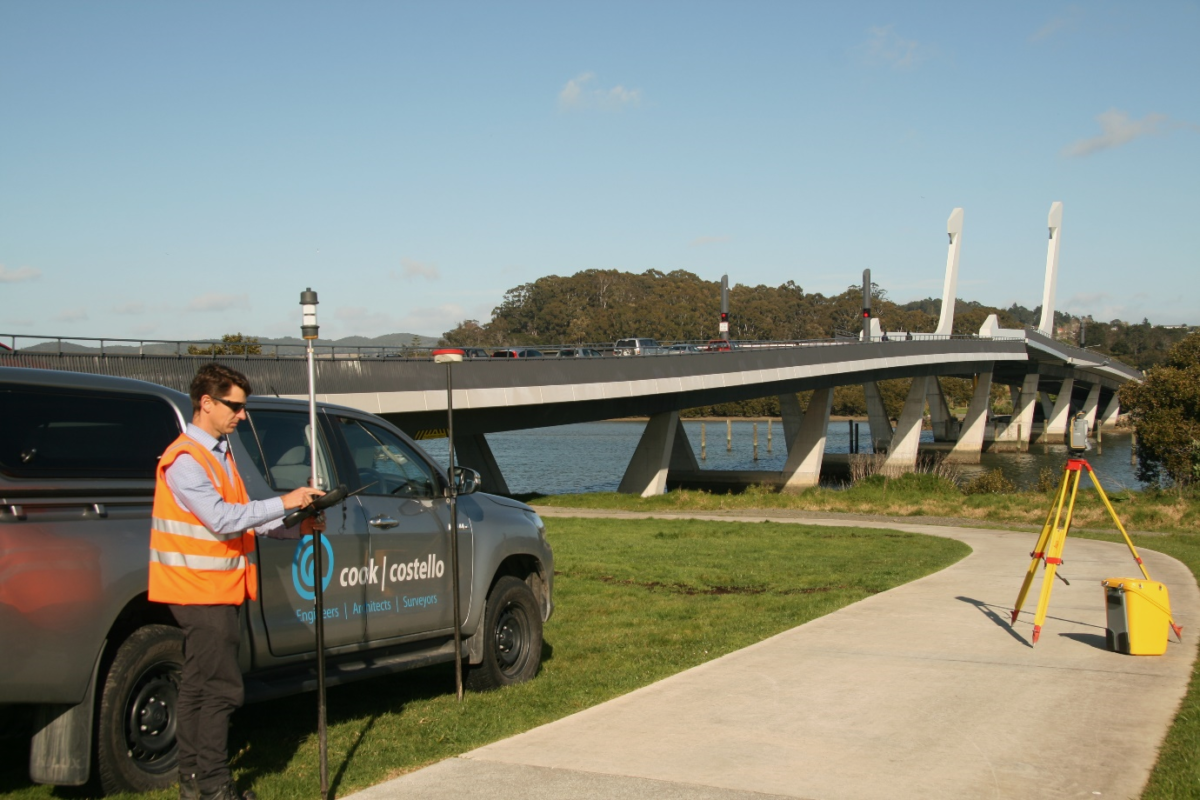Authors
Nick Barounis, Johnny Philpot
Abstract
The CPT is used extensively for site characterization, soil profiling, determination of groundwater conditions and the estimation of geotechnical parameters. The geotechnical parameters that can be estimated by using the CPT include bulk unit weight, shear strength and stiffness, among many others. Best practice suggests the CPT is to be used in combination with laboratory testing, when the budget and timeframes allow for such testing to be undertaken. For typical structures of Importance Level 2, such testing is not undertaken due to a restricted budget. Typical soil classification tests, such as water content, bulk unit weight, sieve analysis and plasticity index, are not commonly performed for such projects. However, such tests are considered to be essential for the geotechnical engineer, who typically needs to adopt a number of parameters, relying solely on CPT information. Important parameters, that are often overlooked, are the water content, void ratio, dry unit weight and porosity. These parameters are important for characterizing the soil behavior, in both static and dynamic conditions.
This paper proposes a methodology for estimating the in-situ water content, void ratio, dry unit weight and porosity from CPT for saturated sandy soils. The methodology involves published work on estimating unit weight from CPT by Robertson (2010), combined with concepts of fundamental soil mechanics. The proposed methodology is applied on a predominantly sandy site in Christchurch, New Zealand and compared against laboratory results for the same site. Comments and conclusions are made on the usefulness and applicability of the proposed methodology along with recommendations for future applications.


